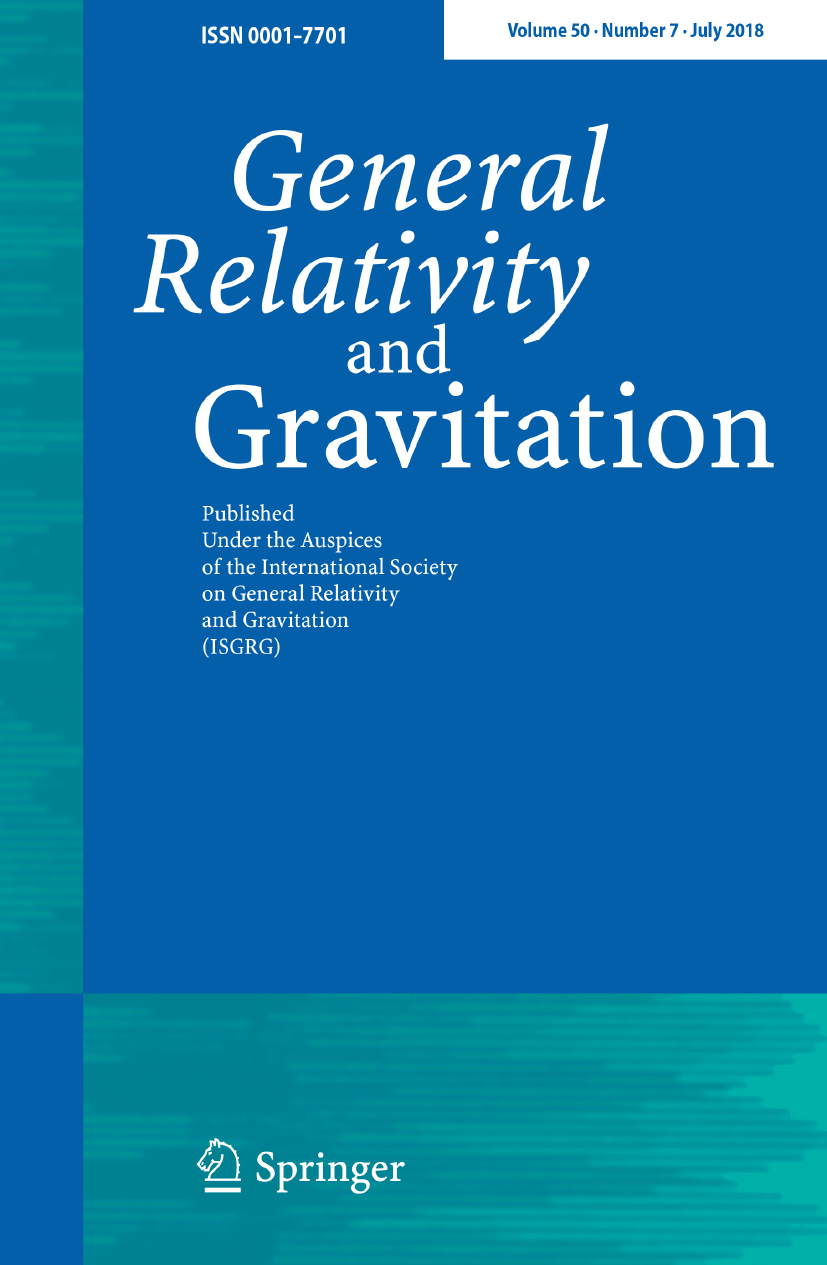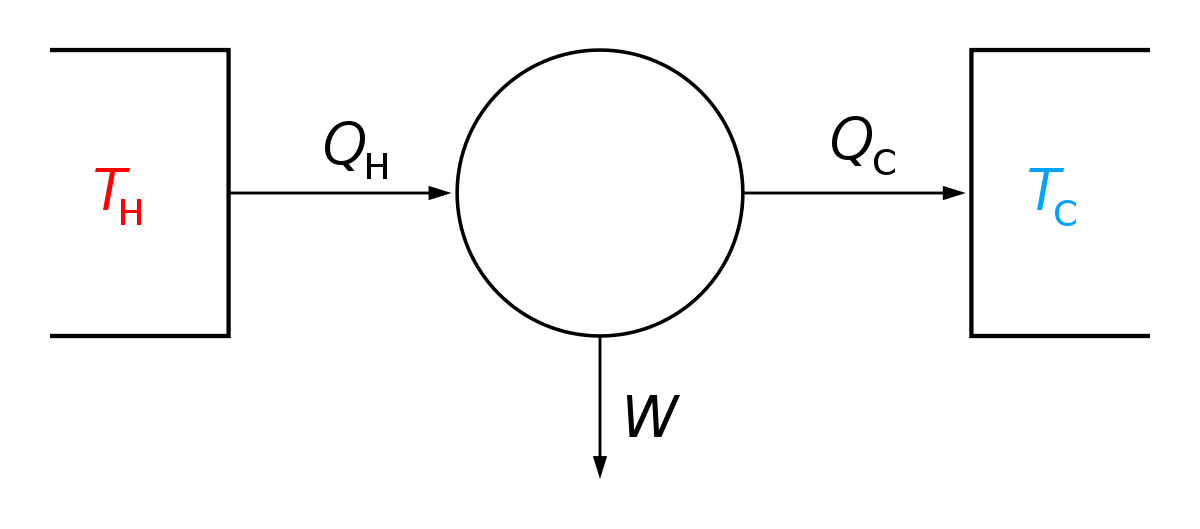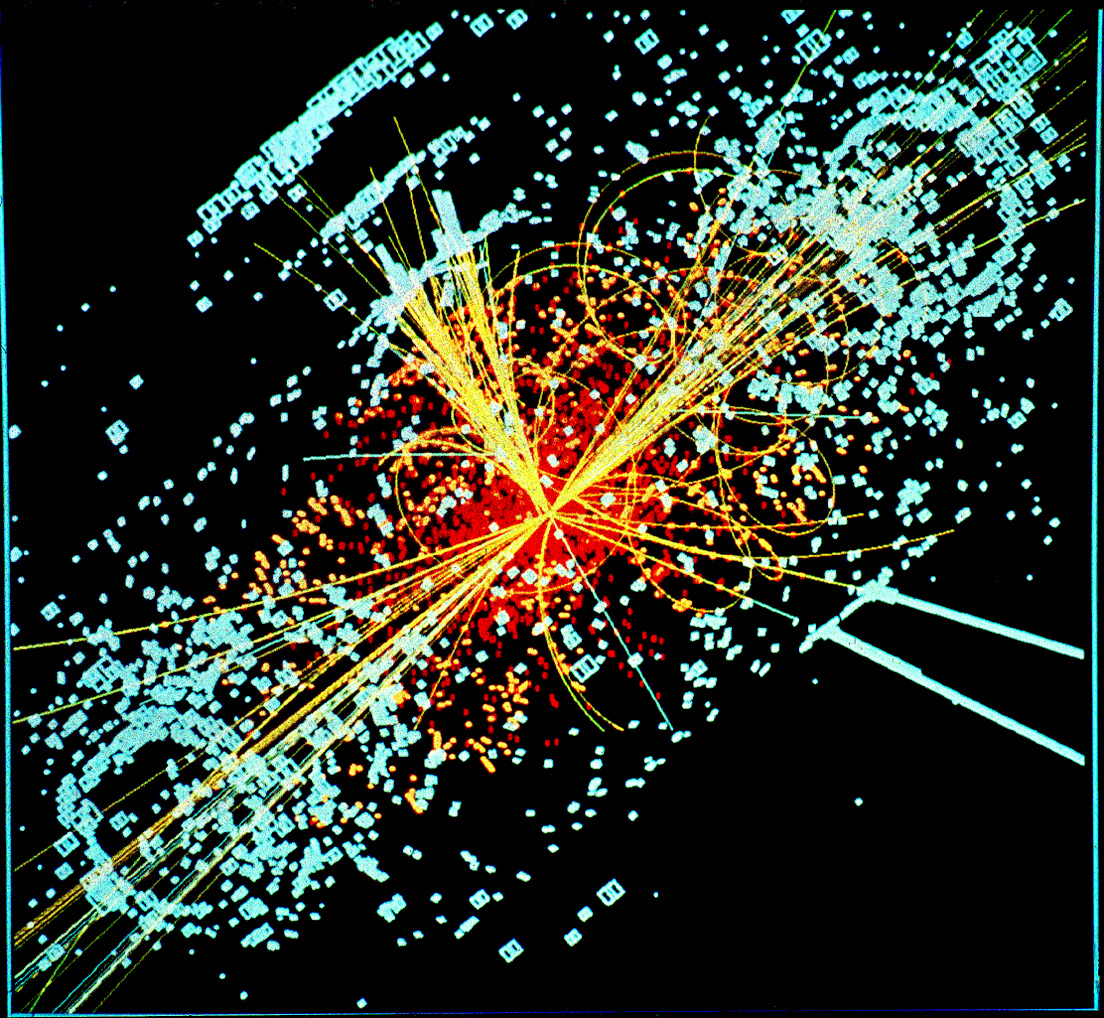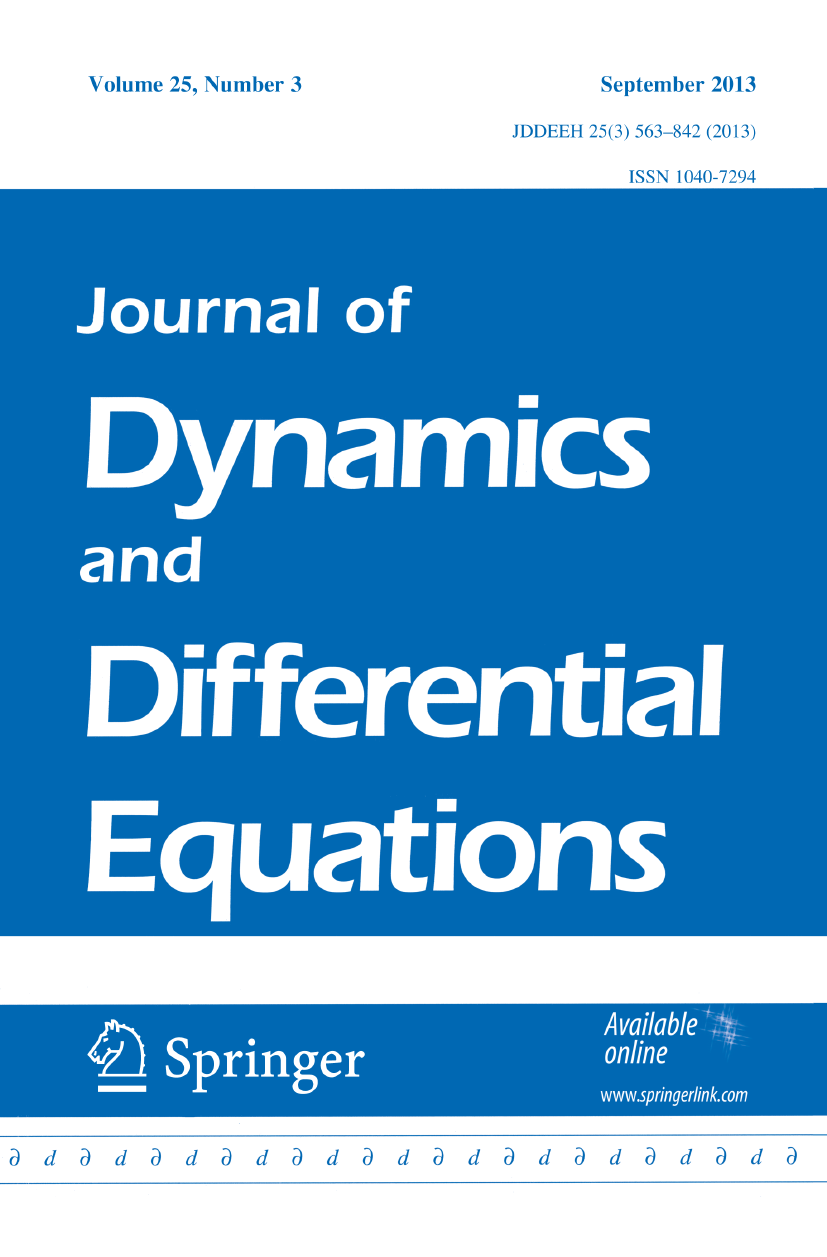Well, the standard (?) model suggests vacuum energy doesn't change with acceleration, but that contradicts the Unruh effect. If particles are popping in and out of existence we expect some of them to acquire mass, even if they're short lived. Therefore there should be a "background curvature". You can try to relate that to the cosmological constant but Unruh says you see more of it when you accelerate, the temperature gets higher and thus the VEV must be changing. So, what is the relationship between the gravity of massive particles and the expansion of the universe? You see more expansion when you accelerate?As far as QM covering scales, the vacuum energy is one phenomenon which relates to all scales. It is in a dynamic equilibrium, but is also a stochastic process.
Navigation
Install the app
How to install the app on iOS
Follow along with the video below to see how to install our site as a web app on your home screen.
Note: This feature may not be available in some browsers.
More options
Style variation
You are using an out of date browser. It may not display this or other websites correctly.
You should upgrade or use an alternative browser.
You should upgrade or use an alternative browser.
QM and General Relativity may have finally been merged
- Thread starter Crick
- Start date
Wuwei
Gold Member
- Apr 18, 2015
- 5,342
- 1,178
- 255
Ding has never been on my ignore list. Nobody is or will be.Ding's on your ignore list ... how is that trolling? ... how do you even know he's posting? ...
I've said the exact same things at Ding, and then did the adult thing and let him respond ... none of this childish runaway and hide nonsense ... the both of them are frauds if they're posting their opinions here ... whereas you can only think I'm stupid at this stuff, you have no evidence I am ...
The universe might be quantized, but the human condition remains smooth ... and baiting trolls to cover ignorance is always wrong ...
Question for you too:
"My question starts with why the old formulazation of the Riemannian Geometry is wrong, and how are we demonstrating the need for this reformulazation ... i.e. is this a change in physics or a change in the math ... since you read the paper with comprehension, maybe you can explain what we should look for ... what are we seeing that needs this new rework ..."
There isn't a new formalization of Riemannian geometry. It remains mathematically valid. It is a tool that handles curved spaces. The authors tell us how they think that the geometry affects QM. There is no real need for what the authors propose. They are formulating a new outside-the-box theory of the universe which has many ramifications.
They did not cover the ramifications although it would not have been too difficult. What they did cover is that they could predict some of the properties of particles. However a more comprehensive theory is needed to cover some problems with current theory.
They didn't show how it would solve any of the problems of current theory. Such as
If the universe is finite, and flat, how can there be no boundary.
A boundary would would destroy a concept of homogeneity that would come from a big bang.
If it is spherical, and so large that it seems locally flat, it does not agree with the timeline from the CMB to present even though it solves the boundary problem.
Wuwei
Gold Member
- Apr 18, 2015
- 5,342
- 1,178
- 255
As I understand it, the mass of the vacuum energy was computed and found to be grossly large.Well, the standard (?) model suggests vacuum energy doesn't change with acceleration, but that contradicts the Unruh effect. If particles are popping in and out of existence we expect some of them to acquire mass, even if they're short lived. Therefore there should be a "background curvature". You can try to relate that to the cosmological constant but Unruh says you see more of it when you accelerate, the temperature gets higher and thus the VEV must be changing. So, what is the relationship between the gravity of massive particles and the expansion of the universe? You see more expansion when you accelerate?
."
My question starts with why the old formulazation of the Riemannian Geometry is wrong, and how are we demonstrating the need for this reformulazation ... i.e. is this a change in physics or a change in the math ... since you read the paper with comprehension, maybe you can explain what we should look for ... what are we seeing that needs this new rework ...
Wrong how? Not sure where you're going with this. You're saying the paper is wrong or the geometry is wrong? Differential topology is the more general case of Riemann, is that what you're alluding to?
Is the universe quantized or is it just the way we're looking at it? ...
The universe? Packets of energy are harmonic oscillators, the faster they move the more energy they have. Didn't I already cover this by saying "coupled oscillators"?
Yes. That's one of the issues. We can't account for the expansion.As I understand it, the mass of the vacuum energy was computed and found to be grossly large.
ReinyDays
Gold Member
Ding has never been on my ignore list. Nobody is or will be.
There isn't a new formalization of Riemannian geometry. It remains mathematically valid. It is a tool that handles curved spaces. The authors tell us how they think that the geometry affects QM. There is no real need for what the authors propose. They are formulating a new outside-the-box theory of the universe which has many ramifications.
They did not cover the ramifications although it would not have been too difficult. What they did cover is that they could predict some of the properties of particles. However a more comprehensive theory is needed to cover some problems with current theory.
They didn't show how it would solve any of the problems of current theory. Such as
If the universe is finite, and flat, how can there be no boundary.
A boundary would would destroy a concept of homogeneity that would come from a big bang.
If it is spherical, and so large that it seems locally flat, it does not agree with the timeline from the CMB to present even though it solves the boundary problem.
Sounds like the same physics just better descriptions ... doesn't current theory predict all the properties of particles? ... I do understand not covering all the problems, but does it cover any problem? ... or is this just better geometry? ... "Changing the way we look at things ..."
ReinyDays
Gold Member
Not sure where you're going with this.
Immediately with the ad hominim attack ... the English is clear enough ... you're just trolling ...
Fort Fun Indiana
Diamond Member
- Mar 10, 2017
- 110,234
- 99,367
- 3,645
No, he said he wasn't sure what you were getting at.Immediately with the ad hominim attack ... the English is clear enough ... you're just trolling ...
And that isn't ad hominem.
The next time I see that term used correctly on this board might be the first.
The Fermilab Holometer: A program to measure Planck scale indeterminacy (Technical Report) | OSTI.GOV
We propose an experiment at Fermilab to study a conjectured effect called "holographic noise" that may arise from new Planck scale physics: the measured positions of bodies may wander randomly from ideal geodesics of classical relativity, in measurement-dependent directions, by about a Planck...
Maybe this will help.Immediately with the ad hominim attack ... the English is clear enough ... you're just trolling ...
Wuwei
Gold Member
- Apr 18, 2015
- 5,342
- 1,178
- 255
Current theory predicts many important properties, but it doesn't predict mass. The major problem is that gravity is not united with QM. That is a major purpose of the authors. There is a strong need to quantize gravity. The spin is predicted to be 2.Sounds like the same physics just better descriptions ... doesn't current theory predict all the properties of particles? ... I do understand not covering all the problems, but does it cover any problem? ... or is this just better geometry? ... "Changing the way we look at things ..."
Yes, it is changing the way we look at things, with additional benefits.
Edit: (Only if the theory is valid.)
Last edited:
Wuwei
Gold Member
- Apr 18, 2015
- 5,342
- 1,178
- 255
I will put that on my todo list.
Sounds unbelievable. I will have to look into that too.The Fermilab Holometer: A program to measure Planck scale indeterminacy (Technical Report) | OSTI.GOV
We propose an experiment at Fermilab to study a conjectured effect called "holographic noise" that may arise from new Planck scale physics: the measured positions of bodies may wander randomly from ideal geodesics of classical relativity, in measurement-dependent directions, by about a Planck...www.osti.gov
This is for Wuwei

 link.springer.com
link.springer.com

Planck—Wheeler Quantum Foam as White Noise: Metric Diffusion and Congruence Focussing for Fluctuating Spacetime Geometry - General Relativity and Gravitation
It is expected that quantum effects endow spacetime with stochastic properties near the Planck scale as exemplified by random fluctuations of the metric, usually referred to as spacetime foam or geometrodynamics. In this paper, a methodology is presented for incorporating Planck scale stochastic...
- Jul 1, 2024
- 11,787
- 4,574
- 188
May I ask, is chaos deterministic?This is for Wuwei

Planck—Wheeler Quantum Foam as White Noise: Metric Diffusion and Congruence Focussing for Fluctuating Spacetime Geometry - General Relativity and Gravitation
It is expected that quantum effects endow spacetime with stochastic properties near the Planck scale as exemplified by random fluctuations of the metric, usually referred to as spacetime foam or geometrodynamics. In this paper, a methodology is presented for incorporating Planck scale stochastic...link.springer.com
Hot off the press:

 phys.org
phys.org

Physicists achieve ultrafast steering of quantum-entangled electrons
Researchers at the Max Planck Institute for Nuclear Physics in Heidelberg have succeeded in selectively manipulating the motion of the electron pair in the hydrogen molecule.
- Jul 1, 2024
- 11,787
- 4,574
- 188
Hot off the press:

Physicists achieve ultrafast steering of quantum-entangled electrons
Researchers at the Max Planck Institute for Nuclear Physics in Heidelberg have succeeded in selectively manipulating the motion of the electron pair in the hydrogen molecule.phys.org
Nobody911
Platinum Member
- Nov 26, 2022
- 805
- 425
- 918
While it is true that physics faces challenges at extreme scales such as the Planck scale, this does not represent a fundamental problem. Rather, it highlights the limitations of our current understanding and tools to probe and describe phenomena at such scales.Physics still has a fundamental problem with scale.
A "theory of everything" has to cover all scales from the Planck scale to the universe itself. That's 70+ orders of magnitude, making such a search, in a way, wrongheaded.
We currently understand that there's no such thing as a closed system. Which means Planck scale events are being influenced by other Planck scale events galaxies away. We also understand there are 20 orders of magnitude between the Planck scale and what we can actually see. So far the fastest time we can see is a zeptosecond. That leaves 20 orders of magnitude we can't see or measure.
I'll submit for your consideration, that we have no idea what happens at the Planck scale, and therefore any attempt to define it is just a SWAG. Instead, we should do what the chemists have done, to relate SCALES of influence. Onsager got the Nobel in 1968 for his reciprocal relations. Prigogine got the Nobel in 1977 for his work on non equilibrium systems.
We should KNOW by now, that our universe is not (and never was) at equilibrium. What we call "the constants" are all based on theoretical systems at equilibrium. This works in (and "only" in) a middle range of scale. The proof is the continued inability to relate quantum mechanics and relativity. The math says there's a gazillion ways to violate both. Some of those ways are experimentally demonstrable.
Take a close look at nonequilibrium thermodynamics. Here:

Onsager reciprocal relations - Wikipedia
en.wikipedia.org
And here:

Non-equilibrium thermodynamics - Wikipedia
en.wikipedia.org
Pay attention to what they're saying about entropy, which as we know, is information.
Then take a look at this, which is the way we measure entanglement - meaning stable non local configurations of information:
Rényi entropy - Wikipedia
en.wikipedia.org
I'm trying to emphasize the importance of neutrinos in this discussion. Someone in this thread said "we don't know", which is not entirely accurate. We now have a working neutrino detector. Here's a picture of a neutrino:
View attachment 1010266

Fermilab short-baseline detector detects its first neutrinos
Experiment turns on to search for answers to mysteries and evidence of new physicsnews.uchicago.edu
"Neutrinos have non-zero mass outside the Einstein-Cartan torsion, which requires a modification to the Standard Model of particle physics".
In other words, we already KNOW it doesn't work, so why are we placing faith in "universal constants"?
This is the current thinking around neutrino oscillations:
"Neutrino oscillation arises from mixing between the flavor and mass eigenstates of neutrinos. That is, the three neutrino states that interact with the charged leptons in weak interactions are each a different superposition of the three (propagating) neutrino states of definite mass. Neutrinos are emitted and absorbed in weak processes in flavor eigenstates but travel as mass eigenstates."

Neutrino oscillation - Wikipedia
en.wikipedia.org
Hello? Nuh uh. This would require a violation of the basic laws of physics. Which is why we know the model doesn't work. We're looking at neutrinos that started flying around early in the history of the universe. If you continue reading the article they make it clear that the theory depends on the maintenance of coherence in the wave functions, which HELLO, is the exact same thing as entanglement. This should be a big-ass clue. On the one hand, we have a stable information state, and on the other, we have one that oscillates. Neither is describable by the Standard Model.
But BOTH can be described on a stochastic manifold. The math says we get stable manifolds under certain conditions. I can't possibly post all the links about this, but here's a few to get started, and you can Google on "stable information states on stochastic manifolds" to get more.

Smooth Stable and Unstable Manifolds for Stochastic Evolutionary Equations - Journal of Dynamics and Differential Equations
Invariant manifolds are fundamental tools for describing and understanding nonlinear dynamics. In this paper, we present a theory of stable and unstable manifolds for infinite dimensional random dynamical systems generated by a class of stochastic partial differential equations. We first show...link.springer.com
Stochastic rectification of fast oscillations on slow manifold closures - PMC
Slow–fast systems arise in many scientific applications, in particular in atmospheric and oceanic flows with fast inertia–gravity waves and slow geostrophic motions. When the slow and fast variables are strongly coupled—symptomatic of breakdown of ...www.ncbi.nlm.nih.gov
The last paper is important because it talks about how to relate different scales. You can compare this to the work on nonequilibrium thermodynamics. In all these cases, there are coupled nonlinear stochastic oscillators, which only requires a "small" tweak to the standard quantum model, but results in a big and important set of observable behaviors. Like pairwise entanglement and neutrino oscillations. And I'll betcha ten bucks it can relate gravity to quantum mechanics too.
The Planck scale represents the smallest length scale and highest energy scale at which conventional theories of physics break down and quantum effects become significant. This presents a challenge in unifying quantum mechanics and general relativity, known as the theory of quantum gravity.
However, physicists are actively researching and developing new frameworks such as string theory and loop quantum gravity to address these challenges at the Planck scale. These approaches aim to provide a more complete and consistent description of the universe at all scales, including the Planck scale.
Therefore, while the Planck scale poses intriguing questions and requires further exploration, it does not signify a fundamental problem in physics. Instead, it serves as a frontier for advancing our understanding of nature and the underlying principles governing the universe.
At the Planck scale, which is approximately 10^-35 meters, classical physics breaks down because gravitational forces become comparable to quantum effects. This leads to the need for a theory of quantum gravity to accurately describe the behavior of matter and energy at such small scales.
On the other hand, above the Planck scale, quantum mechanics is not applicable because the energy levels become so high that the effects of gravity dominate and the traditional principles of quantum mechanics no longer hold true. This is why there is a need for a theory that can unify quantum mechanics and general relativity to understand the behavior of the universe at both extremely small and extremely large scales.
Constants are used in science as simplified representations of complex phenomena to make calculations and predictions more manageable. While the universe may not be at a perfect equilibrium, constants help us understand and describe the natural world with a high degree of accuracy.
Even with the universe's dynamic and evolving nature, constants provide a foundation for scientific understanding and allow for meaningful comparisons and measurements.
It's important to acknowledge that constants are not meant to imply that the universe is static or unchanging but rather serve as tools to help us comprehend the underlying principles governing the universe.
By using constants, scientists can develop theories, conduct experiments, and make sense of the vast complexities of the cosmos. While the universe may be in a state of flux, constants remain valuable and reliable within the scope of our current understanding of the natural world.
Neutrinos are fundamental particles that play a crucial role in our understanding of the universe, but they are not the key to unifying quantum mechanics and general relativity.
The unification of these two fundamental theories is a major goal in theoretical physics, and while neutrinos have provided valuable insights into the nature of matter and energy, they are not the sole solution to this long-standing challenge. Some physicists believe that a unified theory, often referred to as a theory of everything, may involve concepts beyond neutrinos, such as supersymmetry or extra dimensions.
Neutrinos are important for studying the fundamental forces and particles in the universe, but the quest for unification remains a complex and ongoing endeavor that likely involves a deeper understanding of the fundamental nature of space, time, and matter.
==>A group of blind men come across an elephant for the first time and each touch a different part of the elephant's body. One man touches the elephant's tail and thinks it's a rope, another touches its leg and thinks it's a tree trunk, another touches its side and thinks it's a wall, and so on. They all argue about what the elephant is like based on their limited perspective, not realizing that they are each experiencing just one part of the whole truth. The moral of the story is that individuals may have different perspectives based on their limited experiences, and it is important to consider multiple viewpoints to understand the full picture.
Source :

Blind men and an elephant - Wikipedia
You can but don't hold your breath waiting for his/her answer. Just like I won't hold my breath waiting for his/her answer to my question if everything is alive and conscious wouldn't whatever it was that created the universe also be alive and conscious too?May I ask, is chaos deterministic?
Wuwei
Gold Member
- Apr 18, 2015
- 5,342
- 1,178
- 255
That is a rather ambiguous question that was covered before. The chaos that arises from some coupled differential equations is deterministic in principle but not computationally.May I ask, is chaos deterministic?
If you are referring to the cited abstract, I'm not familiar with much of the math references, but basically they are looking at probability distributions of a random process, which is not deterministic.
It's similar to a closed system of air. It's not possible to analyze it molecule by molecule, but a kinetic energy spectrum can be computed from state variables like pressure, temperature, given the volume.
Similar threads
- Replies
- 1
- Views
- 233
- Replies
- 5
- Views
- 149
- Replies
- 40
- Views
- 687
- Replies
- 162
- Views
- 2K
New Topics
-
BREAKING : President Trump was 100% Correct about the DC Aircraft Crash - DEI KILLS !!!!!!!!!!!!!!!!!!!!!!!!!!!!!!!!
- Started by Contumacious
- Replies: 0
-
68,000 job losses possible in Ontario this year due to U.S. trade war: report
- Started by shockedcanadian
- Replies: 0
-
-
trump is well on his way towards legalizing embezzlement.
- Started by Crepitus
- Replies: 2
-
FBI reassigns agents from iconic photo of them kneeling during George Floyd protest
- Started by 1srelluc
- Replies: 10